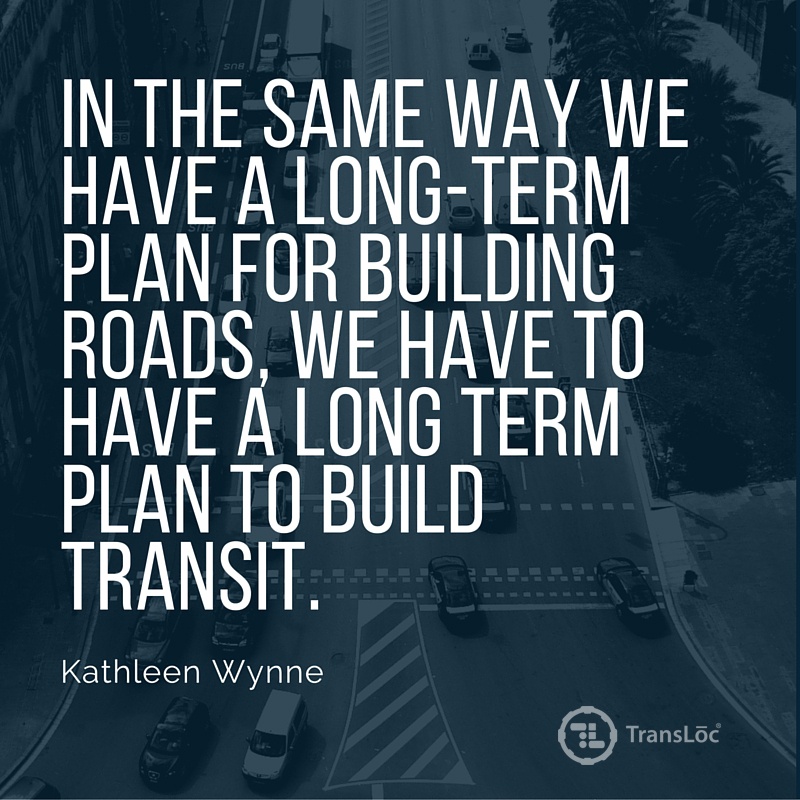
“Millennials are multimodal. They choose the best transportation mode (driving, transit, bike, or walk) based on the trip they are planning to take.”
In a previous post, we discussed trends that are driving the change in our public transit systems. Nothing highlights the trending attitudes like the above quote from a 2013 APTA study entitled Millennials and Mobility. Even though millennials desire alternative modes of transit, they continue to prefer driving and walking to public transit.
This knowledge of modal preference becomes especially valuable when we take into account the second sentence of the above quote: “They choose the best transportation mode based on the trip they are planning to take.” It’s difficult to overstate the importance of this idea. Architecting a public transit system with an “if you build it, they will come” mentality is not only archaic, but devastatingly counter-productive to serving the next generation of transit riders.
Attracting this group of riders is vital to public transit remaining at the heart of the American mobility system. With the increasing presence of pervasive multimodal options such as Uber and Lyft, public transit is at risk of getting squeezed-out as a viable option for the choice rider.
But what about a different demographic: the dependent rider—those with truly limited transit options either due to economic status or physical disability? The efficacy of a transit system can be measured in many ways, but one striking statistic notes that “the typical metropolitan resident can reach about 30 percent of jobs in their metropolitan area via transit in 90 minutes.” Digging deeper, “about one-quarter of jobs in low- and middle-skill industries are accessible via transit within 90 minutes for the typical metropolitan commuter.” No matter how you slice it, transit is not a winning option for the majority of riders, choice or dependent.
If the service options provided don’t work for choice riders, they are simply pushed toward other available options (such as the aforementioned Uber and Lyft). And if the service options provided don’t work for dependent riders, then those with limited options are forced into even more limited decisions. The truth is that being able to choose the best mode of transportation should apply to all riders, regardless of race, physical ability, or socioeconomic status.
Of course, the difficult part is actually offering service that wins. This is often seen as an expensive, time-consuming proposition, but it doesn’t have to be. In our next installment, we’ll talk about understanding your riders so that you can get an accurate depiction of the service they want as opposed to architecting your transit system in the dark.